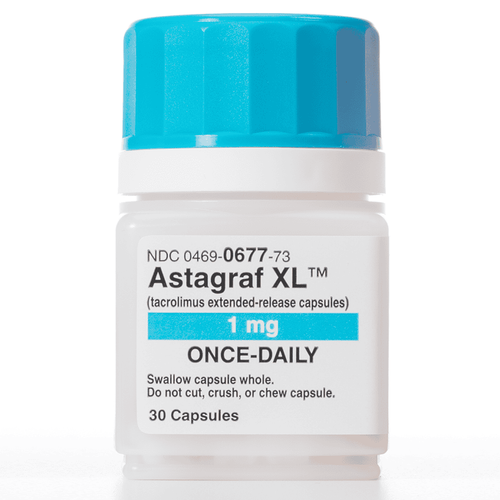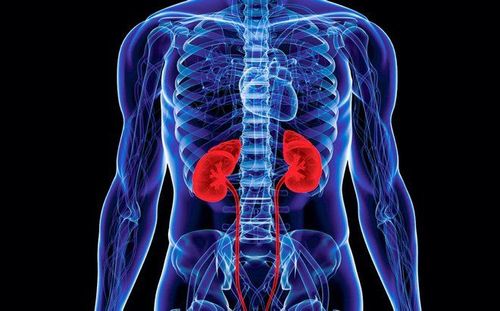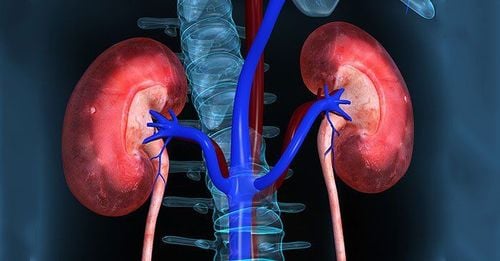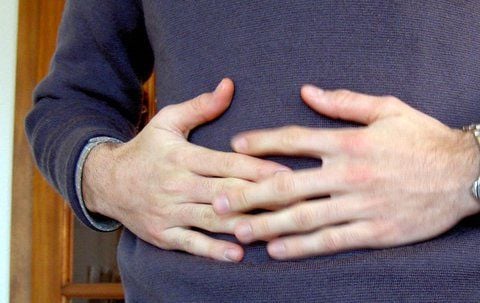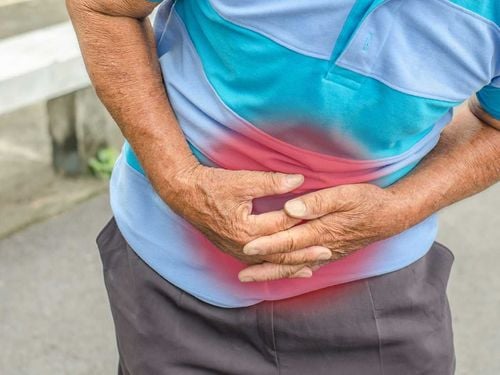This is an automatically translated article.
The article was professionally consulted with Specialist Doctor I Nguyen Hung - Doctor of Endocrinology - Department of Medical Examination & Internal Medicine - Vinmec Danang International General Hospital.End-stage renal failure is a dangerous disease that many people suffer from. Complications of peritoneal dialysis can occur, so patients need to pay special attention when treating end-stage renal failure with this method.
1. Complications of peritoneal dialysis in people with end-stage chronic renal failure
Peritoneal dialysis is a commonly used method in the treatment of end-stage renal failure. Peritoneal dialysis has the advantage of being convenient for the patient. Patients do it at home, so it doesn't affect much to work and life. The patient only needs to go to the hospital once a month for the doctor to check and receive the dialysis solution instead of having to go to the hospital 3 times a week. hemodialysis . The cost of peritoneal dialysis is quite low, while the treatment effect is still guaranteed.Peritoneal dialysis is suitable for people with unstable hemodynamics, because the change of solutes and body water takes place gradually, without sudden hemodynamic changes, suitable for patients are still going to school to work and patients in remote areas, difficult to access hemodialysis machines.
However, there is no treatment without risks. Besides the advantages and disadvantages, when using peritoneal dialysis, patients with end-stage renal failure may also experience many complications. These complications can be infectious, mechanical, or metabolic.
2. Infectious complications during peritoneal dialysis
2.1. Peritonitis Peritonitis is a very common complication of peritoneal dialysis. This is a great challenge in treatment, causing patients to be hospitalized for treatment, loss of catheters, peritoneal damage, and even death. There are many causes of peritonitis such as:Patients do not follow the technique, do not ensure sterility when changing the filtrate. With infection from the catheter base, bacteria migrate into the catheter tunnel and into the peritoneal cavity. Bacteria from the digestive tract, blood sugar invade causing peritonitis When peritonitis, the patient will have symptoms of abdominal pain, abdominal wall cramps, peritoneal tenderness. Patients often have a high fever at 39-40oC, the peritoneal dialysis fluid when discharged is cloudy, different from the color of the dialysis fluid discharged daily. The peritoneal dialysis fluid will be cultured to look for bacteria causing the infection. During the time when culture results are not available, the patient will be treated with broad-spectrum antibiotics. When the results of culture and antibiogram are available, if the bacteria are sensitive to the used antibiotics, continue to use for the full course. Switch antibiotics if bacteria are already resistant to the antibiotic used.

During use, the catheter carries a risk of infection, especially in the exit site and subcutaneous tunnel. When infected, the patient will have symptoms of swelling, pain, redness, hardening in the tunnel area; pus and redness (or no redness) at the base of the tube.
When the catheter is infected, patients with end-stage renal failure need to be regularly monitored to assess inflammation, change the dressing frequently, and sometimes need to remove the catheter to treat the infection.
3. Metabolic complications of peritoneal dialysis
3.1. Hyperglycemia Peritoneal dialysis solution has a high sugar content, the common glucose concentrations are 1.5 g%, 2 g% and 2.5 g%. When peritoneal dialysis is for a long time, glucose will be at risk of being absorbed into the blood, causing hyperglycemia. To limit hyperglycemia in high-risk patients, alternative dialysis fluids such as amino acids or polyglucose can be selected.3.2. Dyslipidemia Patients with end-stage renal failure on peritoneal dialysis often have dyslipidemia, high total and LDL cholesterol, high triglycerides while low HDL cholesterol. Dyslipidemia causes atherosclerosis and many other cardiovascular risks. Patients with dyslipidemia should be treated with lipid-lowering drugs, avoid alcohol, tobacco, and adjust a fat-restricted diet.
3.3. Protein loss Every day on peritoneal dialysis, the patient will lose 10-20g of protein. Protein loss is high in patients with high membrane transport or during episodes of peritonitis. Patients need to eat protein supplements to make up for the lost amount.
4. Mechanical complications when peritoneal dialysis
4.1. Pleural effusion When a large volume of fluid is stored in the abdomen, the intra-abdominal pressure will increase, the filtrate can move from the abdominal cavity to the pleural space through weak sites of the diaphragm, often present. on the right than on the left. Treatment is by stopping the dialysis, performing aspiration if necessary, possibly treating the cause with adhesions to the pleural space or surgical repair of the diaphragm.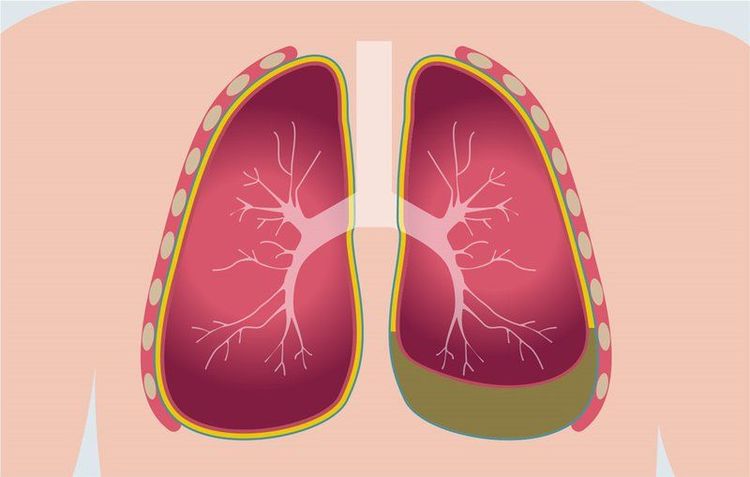
Hernia needs to be treated surgically, during the treatment period, the abdominal cavity should be kept under low pressure so that the hernia has time to heal.
4.3. Back pain The dialysis fluid is inserted into the abdomen, the center of gravity is directed forward, the intra-abdominal pressure increases, the spine will tend to protrude. Patients often experience back pain. To limit this situation, patients can use a peritoneal dialysis machine to perform nighttime fluid exchange, if manual exchange is to change the fluid many times and each time the amount of fluid is less than usual.
Please dial HOTLINE for more information or register for an appointment HERE. Download MyVinmec app to make appointments faster and to manage your bookings easily.





